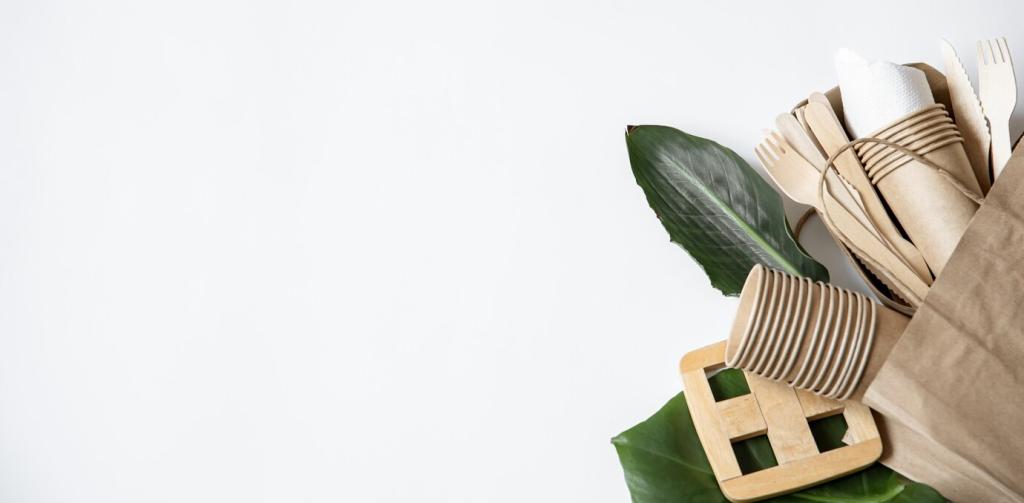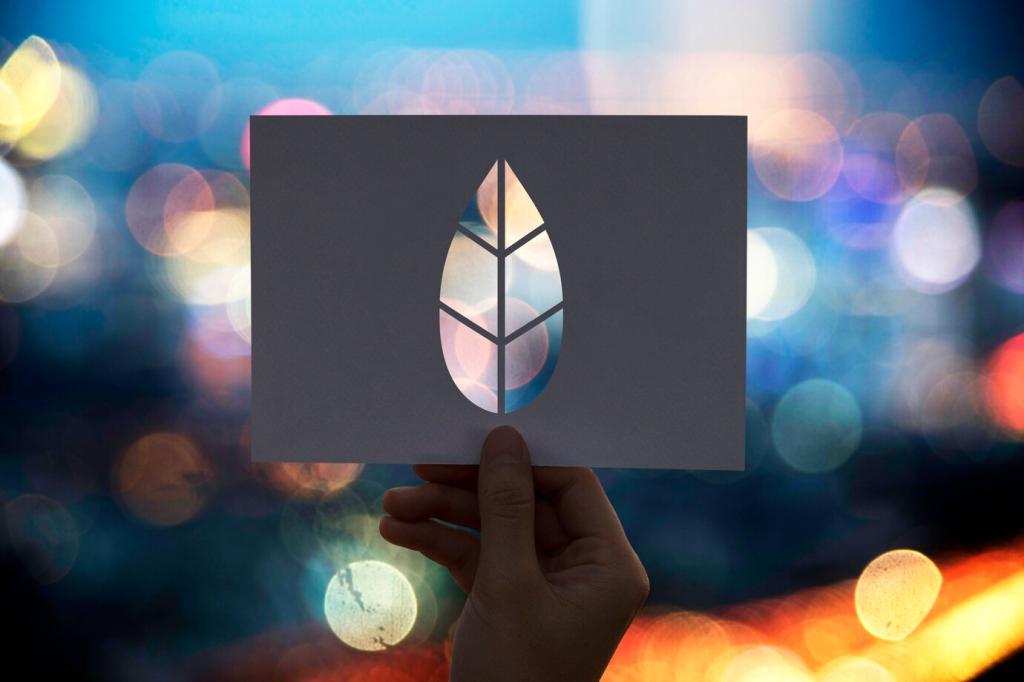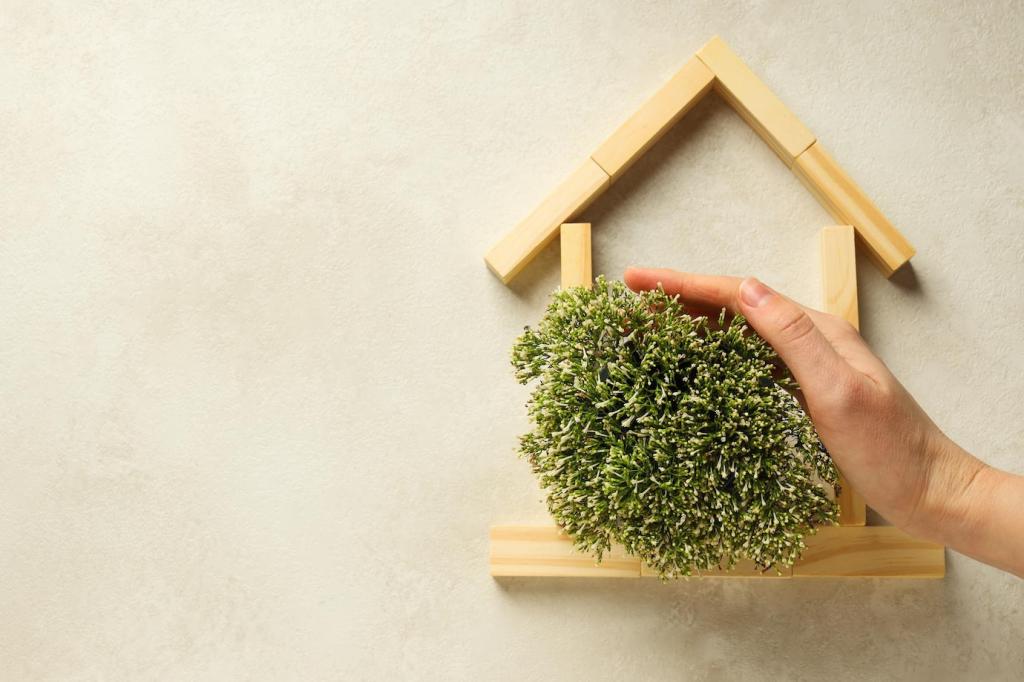Chosen theme: Eco-Friendly Furniture Care Guide. Welcome to a calmer, cleaner way to care for the pieces you love—without harsh chemicals, wasteful habits, or fussy routines. Learn planet-kind methods, discover easy, low-tox recipes, and find stories that prove gentle care can be deeply effective. If this resonates, subscribe for new tips, and share your favorite green cleaning trick with our community.



Wood Care, Naturally Effective
Gentle Cleaning That Respects the Grain
Dust first with a dry, soft cotton cloth. Mix a few drops of castile soap in a bowl of distilled water, dampen a cloth until barely moist, and wipe with the grain. Immediately follow with a dry cloth to prevent moisture from soaking joints. Never flood wood, and avoid ammonia or aggressive solvents. A routine like this removes grime quietly, preserves patina, and lets the wood’s natural glow breathe.
A Simple Beeswax and Jojoba Polish
Melt one part beeswax with three parts jojoba oil, let it cool into a soft salve, then apply a whisper-thin layer with a lint-free cloth. Allow a short set time, and buff until the surface feels silky. This balm feeds the finish without heavy residue or petrochemicals. Avoid olive oil, which can turn rancid. Want a printable recipe card and application schedule? Subscribe and we’ll send it straight to your inbox.
Tending Scratches, Rings, and Stubborn Spots
For light white rings, place a clean cotton cloth over the mark and warm gently with an iron on low, checking every few seconds; the heat can release trapped moisture. Minor scratches may blend with a matching plant-based wax stick. Deep gouges need careful filler and finish repair. I once blended a walnut veneer scratch with shellac, patience, and a tiny brush—proof that small, careful fixes add up sustainably.



Leather and Vegan Leather, Kindly Maintained
Dust weekly with a soft cloth and wipe with a barely damp, distilled water rag when needed. Keep away from heaters and direct sunlight to prevent dryness and fading. Skip vinegar and strong alkalines on leather; they can disrupt pH and finish. Always test in a hidden spot. A gentle rhythm of dusting and shade preserves that quietly luxurious feel without heavy products or fragrance.
Leather and Vegan Leather, Kindly Maintained
For leather, use a light beeswax-based balm with a stable oil like jojoba; apply sparingly and buff until the surface feels dry and even. Too much conditioner can suffocate pores. For vegan leather, choose a water-based conditioner approved for the specific material, and avoid oils that may soften or lift coatings. Conditioning is less about shine, more about maintaining flexibility and preventing premature cracking.
Metals, Glass, and Stone Without Harsh Chemicals
Brass and Copper, Brightened Gently
For unlacquered brass or copper, rub with a cut lemon dipped in baking soda or fine salt, rinse lightly, and dry thoroughly. Avoid acids on lacquered pieces; clean those with mild soap and water only. If a magnet sticks, it may be plated steel—polish with extreme care. I restored thrifted brass pulls this way, revealing a warm glow that looked handcrafted rather than mirror-perfect.

